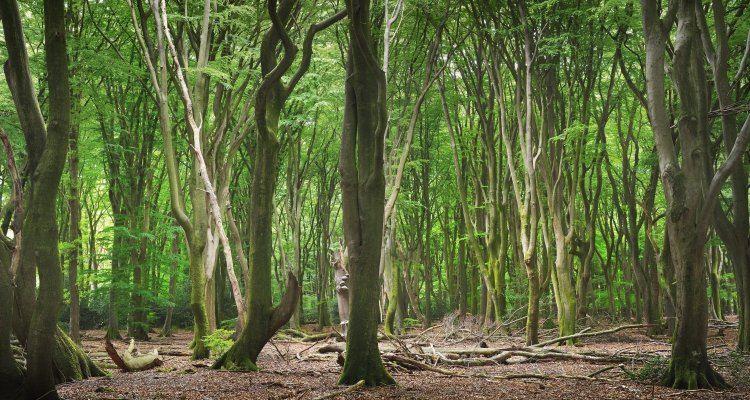
News
The right tree in the right place, for a healthy Dutch forest
Planting trees, a good idea with simple execution - right? Well, that sometimes proves disappointing. Choosing the right tree for the right spot is not so easy, even for forest managers. That is why researchers at the Centre for Genetic Resources the Netherlands provide the knowledge for an up-to-date List of Varieties of Trees.
The national and provincial governments have an agreement: by 2030, 37,000 hectares of forest must be added, or about 155 million trees and shrubs. That seems simple, but it is not. 'You can plant trees and shrubs in all kinds of places and in all kinds of ways, but if you want a forest that is future-proof, you have to do it in a deliberate way,' says Dr Joukje Buiteveld, Head of Forest Genetic Resources at the Centre for Genetic Resources Netherlands (CGN). The CGN conducts research for the Plant Variety Council, which is responsible for the List of Varieties of Trees. That list helps forest managers make the right choices when planting new forests.
- Unfortunately, your cookie settings do not allow videos to be displayed. - check your settings
Healthy, well-adapted trees
Conscious planting means: the right tree in the right place. 'The right tree is not only of the right species. It is also about provenance,' Buiteveld explains. 'The trees and the forest from which the seed came before planting, that is the "provenance". So, because of their provenance, trees within a species are also not the same. The CGN studies the properties of forest at different growth sites. 'We look at growth, at wood quality, and also at the success rate of new plantings.' The List of Varieties of Trees is updated annually.
'The Variety List is a kind of decision-making aid. We want to help forest managers choose provenances with characteristics that fit the goal they are trying to achieve. For forests, part of which are also intended for production, wood quality matters. When it comes to nature conservation, managers can choose original provenances. Also, new forest should not get ill easily, and in many cases forest managers want trees that are well adapted to the Dutch climate.'
Green for the future
The CGN's scientific research ensures quality, but research on trees takes a long time. The researchers follow their test plots for about 20 years. 'The provenances that undergo such a process are listed as "tested".' Other trees are examined where they grow to see if they are a suitable source. For old forests, which grew more or less naturally in the Netherlands, their presence itself counts as a quality. Although Buiteveld immediately adds that this is no guarantee for the future. Still, at least it shows that the trees have managed to adapt so far.
In view of climate change, for instance, it is necessary to learn much more about the adaptability of trees. 'Right now, we are doing trials with sweet cherries and sessile oaks from other parts of Europe. These are trees from northern France, for example, an area with a climate that the Netherlands may face in the future.' Those provenances the researchers compare with Dutch trees. 'It is a challenge: to plant trees now that will also survive in the climate of the future. I would like to do a lot more research on that.'